The Exchange 2

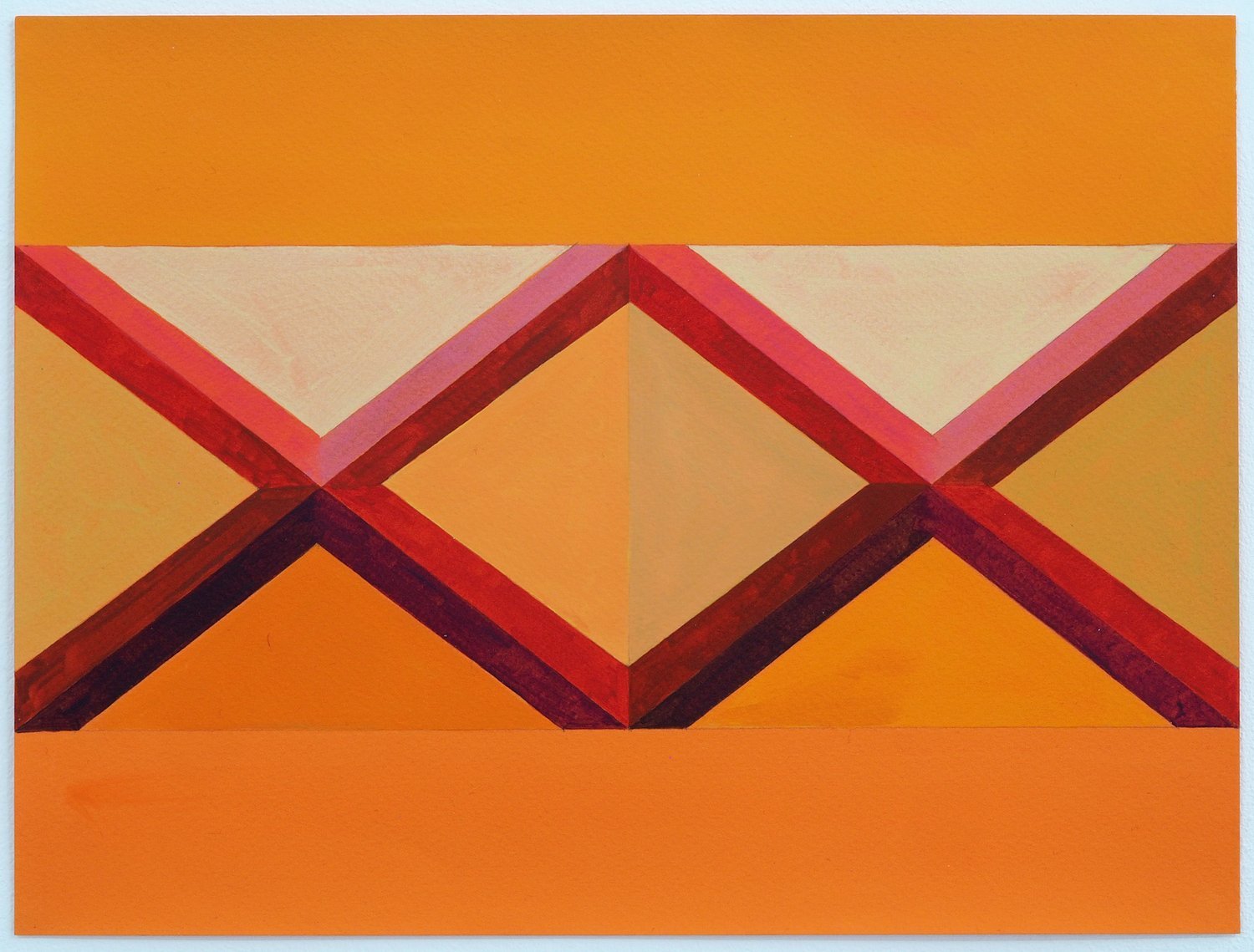
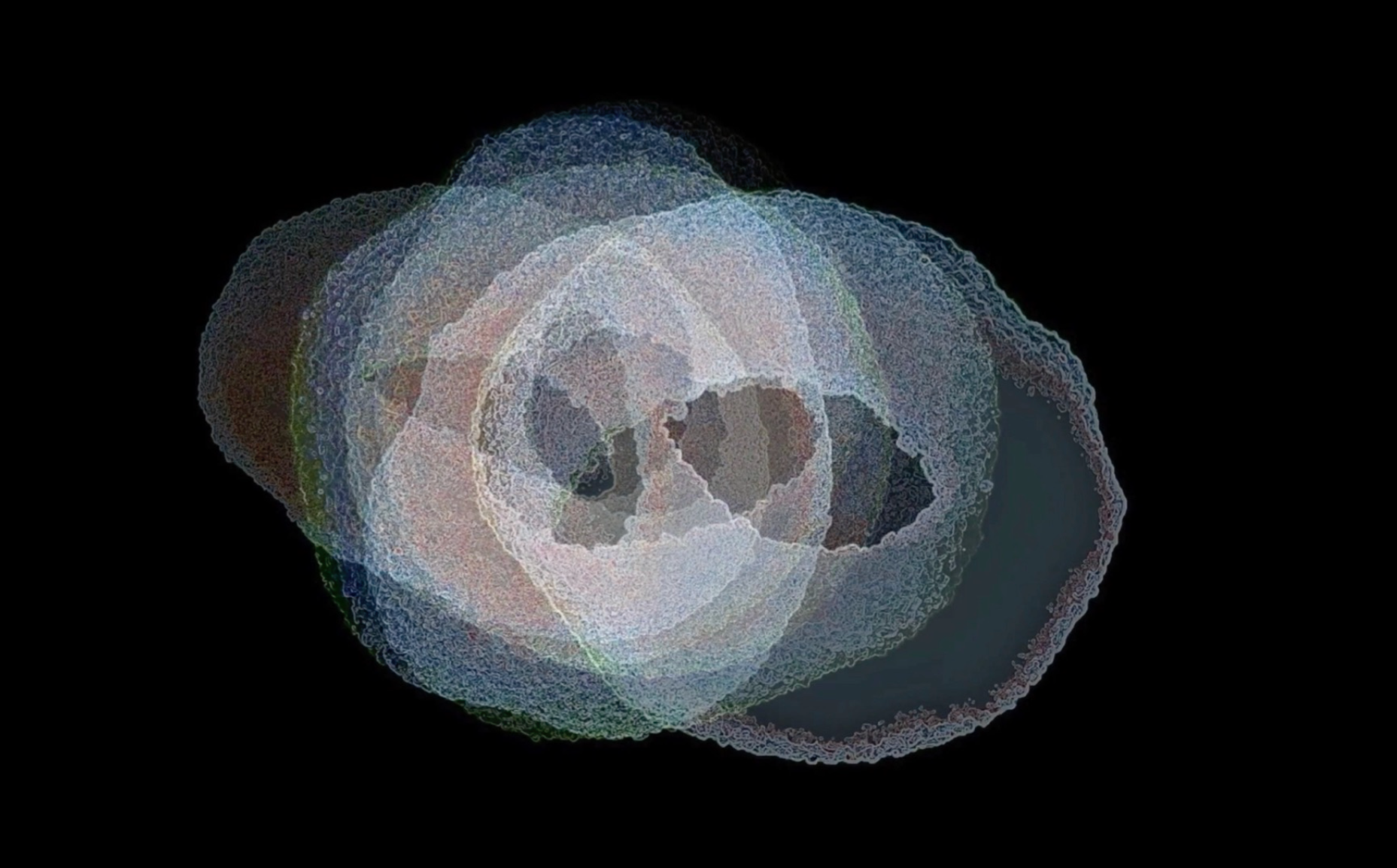
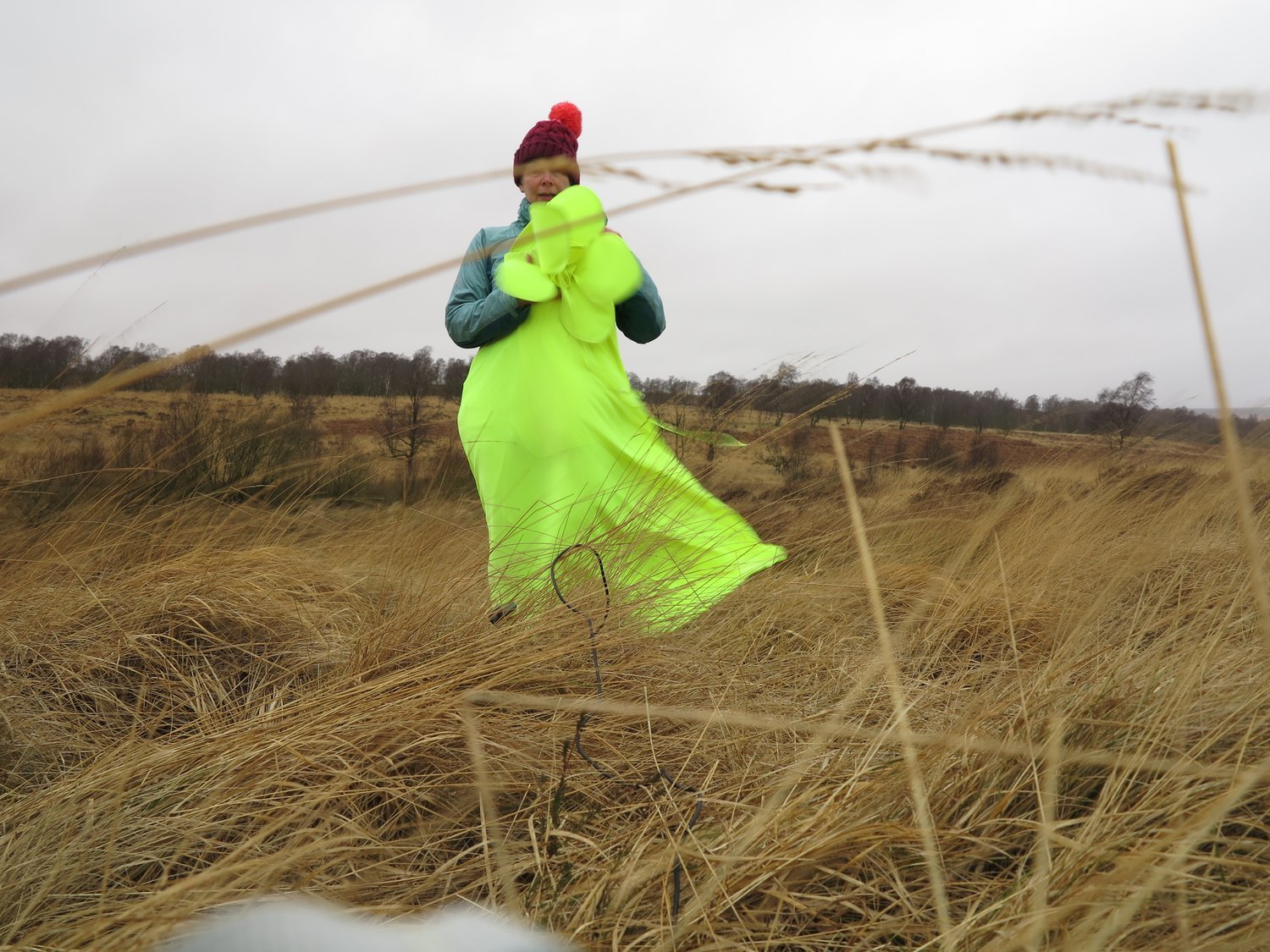
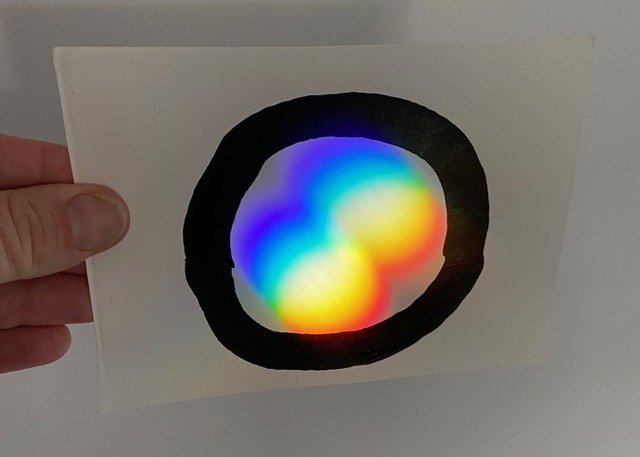
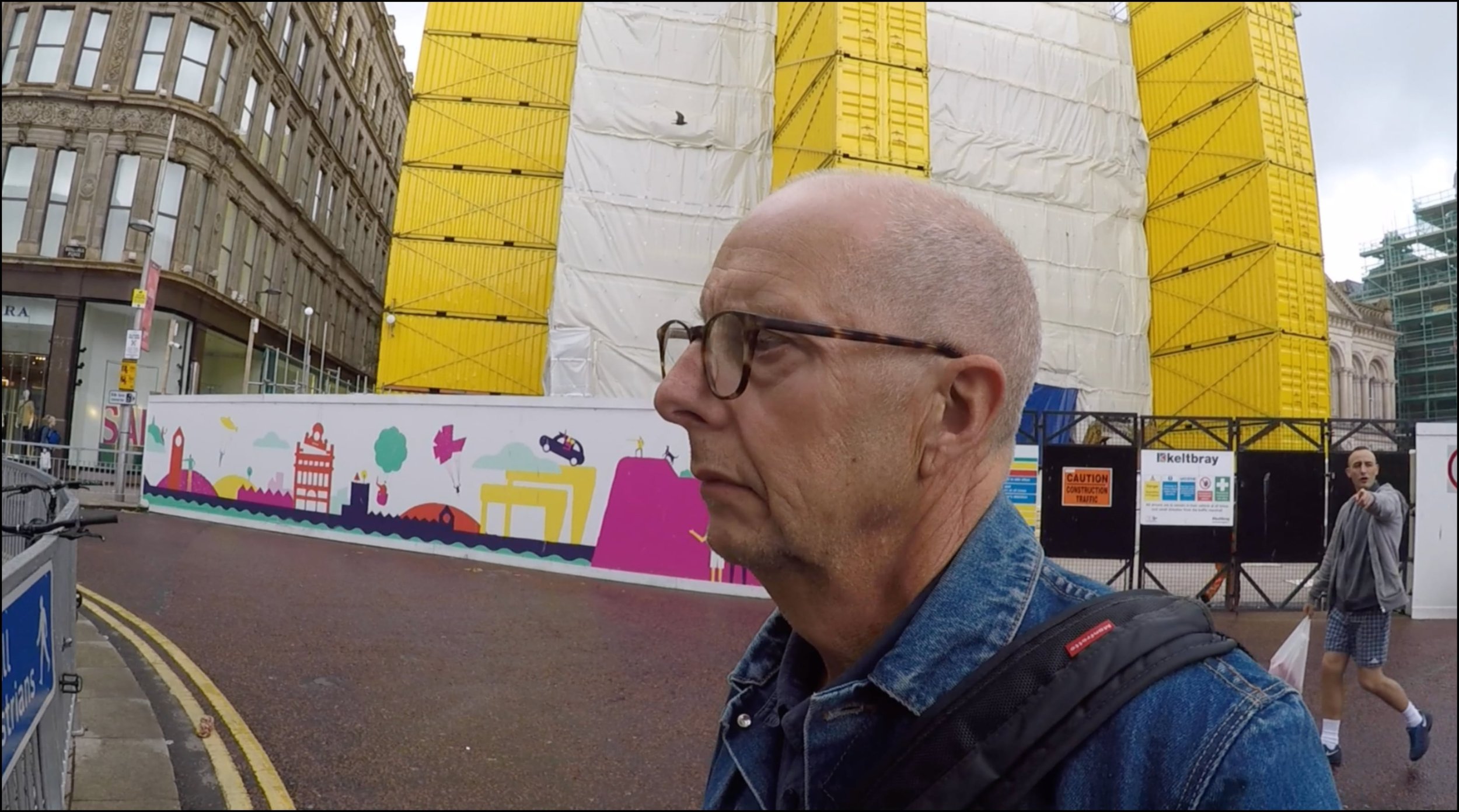
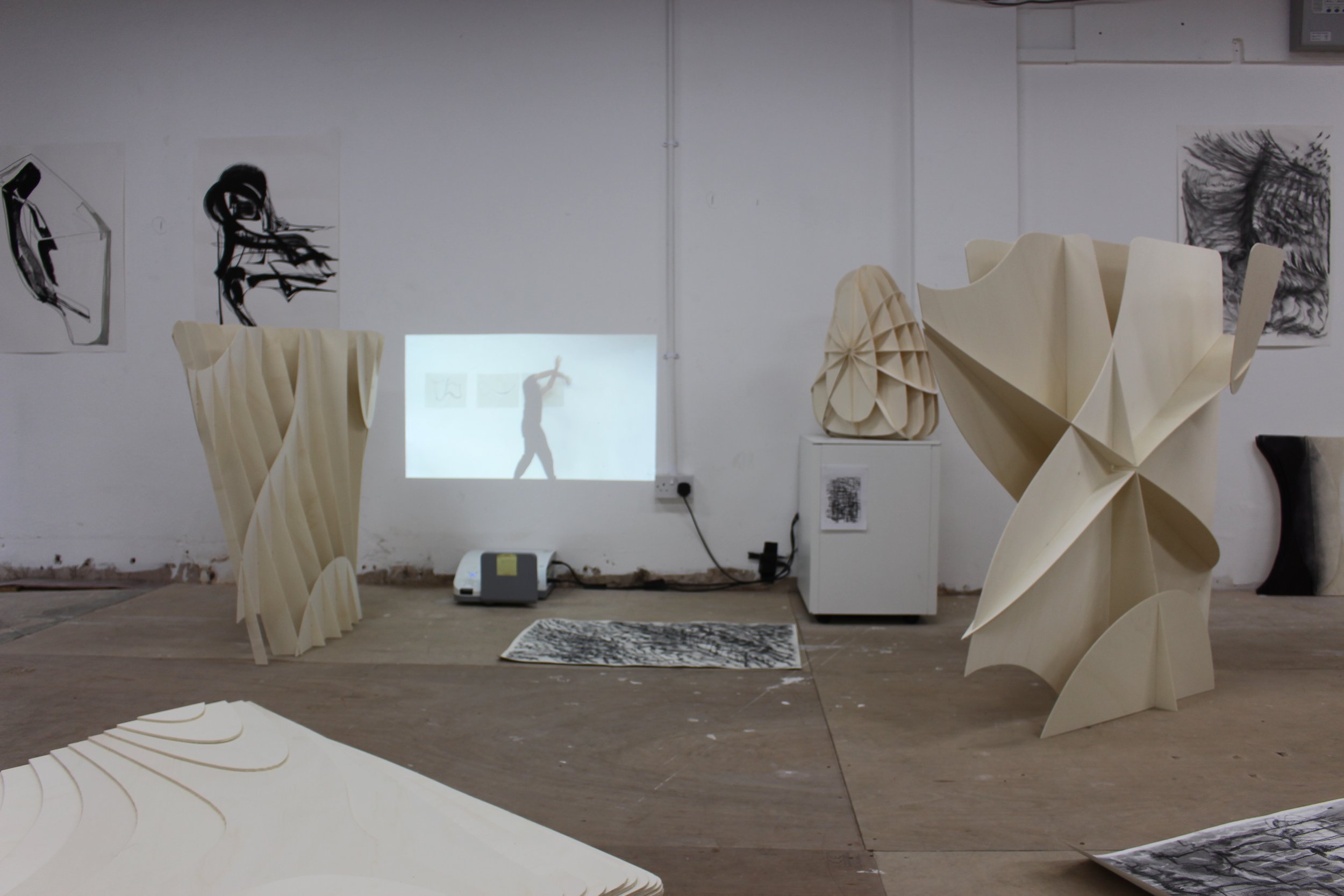
THE EXCHANGE 2 is the second iteration of a project connecting artists and creative practitioners across the UK. Bridging the gap created by limited movement and opportunity to network The Exchange aims to create new exchanges and friendships between artists that wouldn’t otherwise be able to connect. This open-ended process has no limits or boundaries but is simply framed by the invitation to begin a conversation.
The Exchange 2 builds upon the 2021 iteration of the project where 60 artists across the UK were paired together with the simple invitation to begin a conversation. The artist pairs valued the connection to another peer to think alongside and support one another. Although there was no anticipation of a formal outcome artists did make together resulting in video collages, animation, sacred knotting installations and performances. The variety of responses, levels of connection, outcomes and conversations was vast and far-reaching with some artists connecting for a short time and others who will continue to talk and collaborate long into the future.
Eastside Projects (EOP), CAMP, Castlefield Gallery (Associates), The NewBridge Project, Primary, Spike Island (Spike Island Associates), and Turf Projects have each selected 8 artists from their networks to take part in the project through an open call. In total 56 artists will participate.
Participating Artists:
Primary: Belén Cerezo, Louisa Chambers, Pete Ellis, Alison Lloyd, Nathanial Mann, Sam Metz, and Roger Suckling.
EOP Members: Soohyun Choi, Jennifer Brough, Sherrie Edgar, Rebecca Farkas, Yva Jung, Marcus Keating, Eleanor Morgan, and SOP
CAMP: Chloe Bonfield, Ruth Brown, Erika Cann, Karen Howse, Tina Kutter, Lucie Smith, Frances Staniforth, and Sarah Trotter
Castlefield Associates: Hatitze Achmet, Bryony Dawson, Candice Dehnavi, Klaire Doyle, Clara Glyn, Katie McGuire, Babs Smith, and Sylvia Waltering
Spike Associates: Helen Acklam, Simone Hesselberg, Garry Loughlin, Maisie Moon, Sammy Paloma, Tina Salvidge, John Steed, and Veronica Vickery
The NewBridge Project: Charlie-Mae Bloom, BJ Choudre, Georgia Holman, Margaret Jennings, Georgia McGrath, Roberto Picciau, Meitao Qu, and Beth Ross
Turf Projects: AJulia Chwascinska, Theresa Dodzro, Salina Jane, Desilver Johnson, Emma McAndrew D’Souza, Yolanda Shields, Clair Undy, and Amy Wilson
Programme Dates:
Over nine months a series of networking events and artist-led activities for The Exchange 2 artists will be hosted online by the partner organisations, with the aim of supporting artists, building networks and making further connections.
Most events will be online and all are responsive to Covid-19 guidance.
Details of artists leading events will be announced shortly.
10 February, 2–4pm: A big welcome to the project through an informal and fun ‘getting to know you’ event, hosted by Eastside Projects
3 March, 7–8.30pm: Social networking event hosted by The NewBridge Project
1 April, 7–8.30pm: An Exchange artist led event, hosted by Turf Projects
29 April, 2–4pm: An Exchange artist led event, hosted by Castlefield Gallery
10 June, 7–8.30pm: An Exchange artist led event, hosted by CAMP
5 August, 7–8.30pm: An Exchange artist led event, hosted by Spike Island
15 September, 2–5pm: The Exchange Summit, a public sharing event held at Primary, co-hosted with the project partners.
Artist Biographies:
Belén Cerezo is an artist based in Nottingham and Bilbao who works across immersive site-specific installations, videos, photographs, and writings. Her work is about thinking-making with images, with the body, and the camera. For her, embracing experimentation with cameras and the various production and reproduction devices is fundamental; and the body is at the core of these explorations. Her practice generates a certain ecology of the image; she has a marked interest in looking at the world once again with astonishment attempting to repairing our damaged bonds with the world.
Louisa Chambers: Since graduating with a MA in Painting from the Royal College of Art (2007), Louisa Chambers has established a studio-based practice with an enquiry into expanded Painting.
Louisa has been developing a body of work that incorporates a simple folded form. These folded shapes are recorded from observation becoming an abstracted still life. Appropriated patterns from walls, fences, and floors are translated onto architectural paper and transfigured into temporary three-dimensional structures. She is interested in the patterned tessellations that are on the surface and when manipulated create other spaces, angles, and areas of illusion.
Pete Ellis works with everyday stuff, exploring ironic and formal relationships between the functions of objects and images, their histories and metaphoric shadows. His practice includes object based sculpture, kinetics, installation, casting, text, drawing, photography and film.
Recently Pete has been using still and moving images. He transforms mundane ‘found’ things using photographic methods. Many of his ‘films’ place images into a filmic timeline and then use transitions to create movement, which creates and becomes the narrative content.
Dr Rhiannon Jones (Kelly + Jones) is a Nottingham-based artist and a researcher for the School of Arts, University of Derby, where she co-leads the Civic Lab Research Group. She is chair of Cumulus: International Contemporary Working Art Group, steering group member for DerbyCAN, a stakeholder for Bolton Arts CIC, and a Trustee for New Art Exchange, Nottingham.
Traci Kelly (Kelly + Jones): Born in England, in a slum close to Nottingham railway station, I was surrounded by migrants bringing the scent of spices, steel bands playing on the street corner and reggae blasting out of bedroom windows… I love talking, and the tangents and meanderings conversations create. I am drawn towards making ‘things’ with other people – collaborators, instigators and agitators. Sometimes I need my own space in order to make solo works, to journey and to reflect. Without hierarchy my artistic practice bleeds across performance and still works, text and lens, sculpture and writing.
Alison Lloyd is an artist whose work stretches back to the 1970’s. In 2014 she began to exhibit this work alongside new work with her exhibition Grains at TG Gallery in Nottingham, which also published her book Jake. These photographic series capture a range of speculative and choreographed happenings, recalling moving-image and performance. In 2010 she wrote Contouring: Women, Walking and Art, which described the world of women artists of the 1960s, 70s and early 80s.
Nathanial Mann is an experimental composer, performer and sound designer. Oscillating between music and sound, Mann has a compositional practice that is expansive in scope and varied in form. He takes on many roles in his work, including researcher, instrument-maker, archive-digger, surround-sound designer, filmmaker, broadcaster, storyteller, producer, curator, entrepreneur, sonic-artist and folksinger. He is also one third of the experimental folk ensemble, Dead Rat Orchestra.
Sam Metz: Sam’s work tries to capture what an unpredictable body is and how a disabled body’s very presence transgresses societal restrictions. Working with movement, as a disabled performer who has Tourette’s and is neurodivergent, short performances are an intrinsic part of their visual art, which are then made ‘solid’, poeticising the fleeting interruptions of the disabled body by making lasting documentations through drawing as-stimming, film, animation and sculptural installation (choreographic objects). Sculptural works (choreographic objects) capture the ranges of movements of the performer. Drawn works demonstrate the repetitive self-soothing actions of stimming (neurodivergent behaviour) through mark making. Sam’s work seeks to legitimise non-verbal communication and alternative body-based communication and to invite others to participate in this creative play.
Roger Suckling’s work is based around themes of location/place/autobiography, using photography and moving image to explore place and time, to map a visual account of both the present and the past. A process of revisiting and recording significant locations is combined with a contemporary documentation of the everyday, offering a reinterpretation with new meanings and connections that attempts to make a universal image beyond the personal.